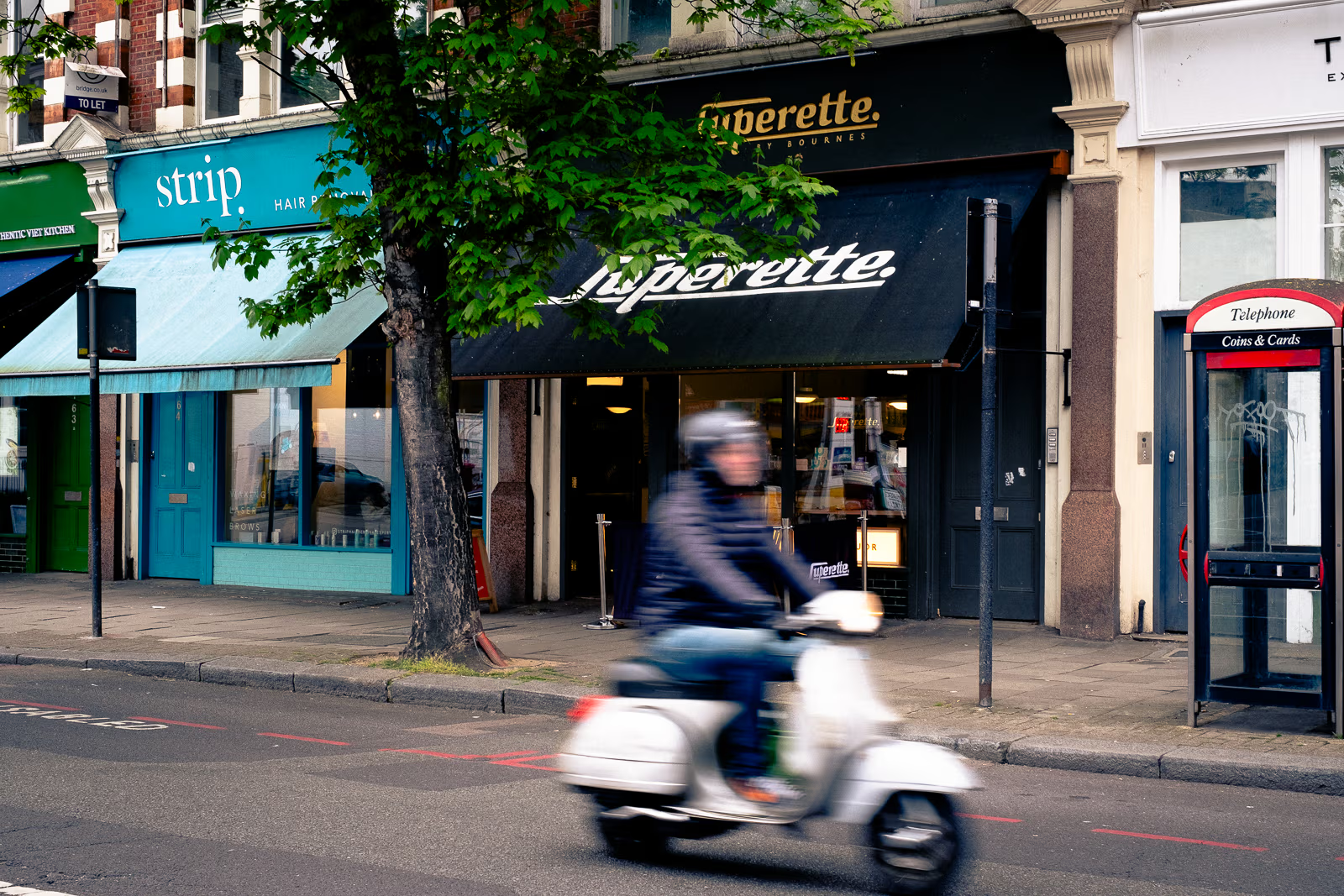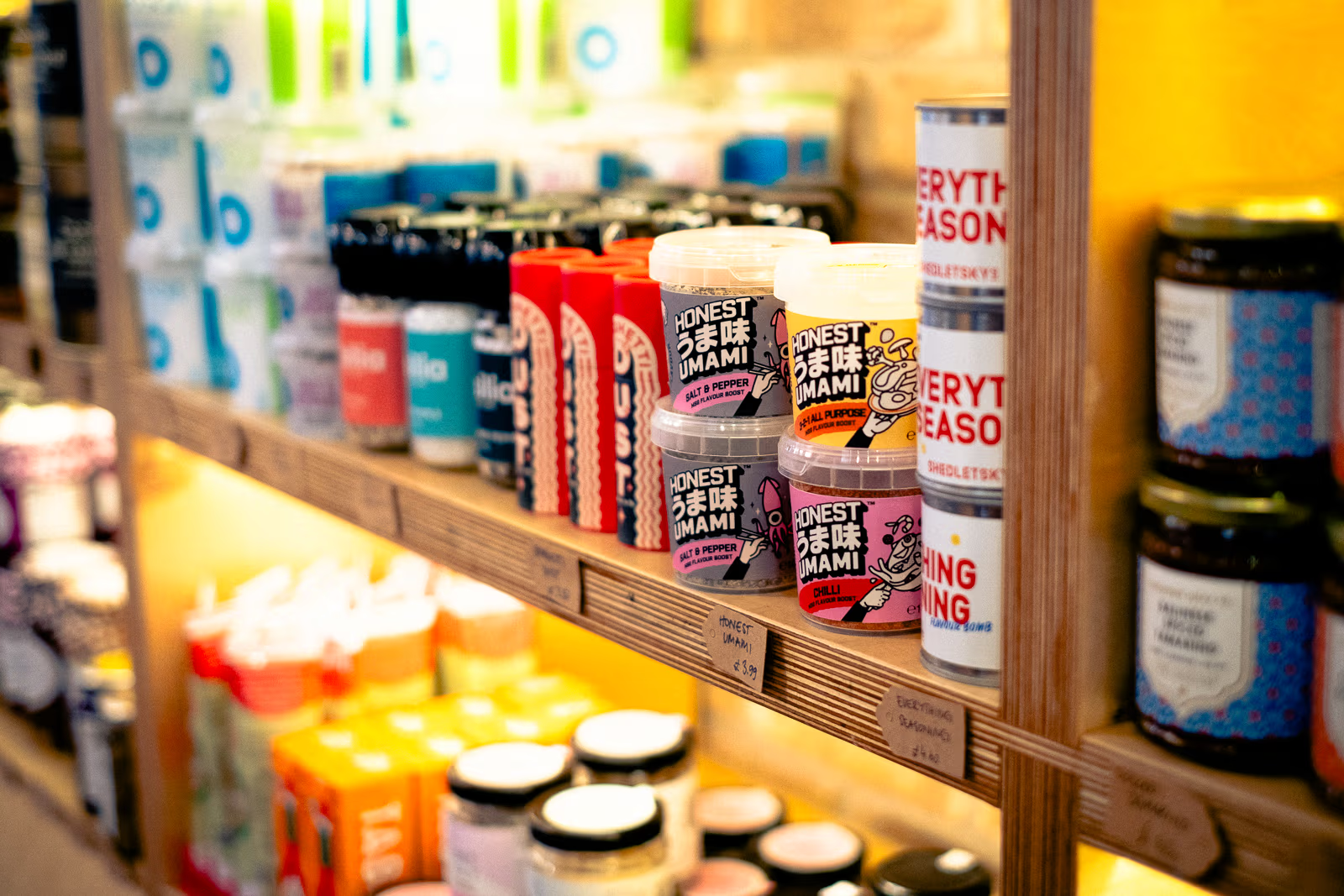-
I’ve been doing some more work this week for the whisky project I’ve been working on. This week’s challenge: to understand how the market is segmented in terms of price, and the relationship between price and volume. Sure, selling the same whisky for £20 more will drop most of that down to the bottom line, but what does that mean for volume? Does a 20% increase in price mean a 50% drop in volume, and so less profit overall?
Doing it without a product in-market is particularly tricky, so there’s going to be lots of poring over market data from other brands and sifting through the noise. It’s essential to get right: if we screw it up, it’s difficult to recover from.
-
Apart from that, it’s been a mostly Honest Umami-focused week. The first delight was visiting the first store who took a risk on us and stocked our products: Superette, in Islington.

I’ve written before about the feeling of tangibility that came from doing our first production run; it’s quite something else to see our products in store. One of the things I’ve always loved, working on food and drink brands, is to walk the aisles of a supermarket and say “Hey! I worked on that.” This is like that times a thousand. I had a daft grin on my face for the rest of the day.

-
The other good news is that we’ve had some great interest from more independent retailers and distributors, so there should be more shelves for it to fly off very soon.
-
Honest Umami is a bit of a fractal, because it’s inspired something that is, I guess, technically a side project for my side project. It’s side projects all the way down. I’ve started a website called MSGist (as in an adherent of MSG-ism, or someone who gets the MS-gist of things) to serve as a repository for all my experiments relating to MSG. Expect umami ingredients, cocktail recipes, usage tips, and empirical tests of some of the concepts around MSG. Why and how does MSG make sweet stuff taste sweeter, as well as more savoury? How much MSG is too much? What does “too much” taste like? What generates synergistic umami? What ingredients out there contain the most umami, and are there any surprises? What doesn’t taste better with MSG added to it?
I’m not expecting it to be widely read, but it’s useful to have a place to put all of my learnings. I’m enjoying my amateur forays into food science, at least.
